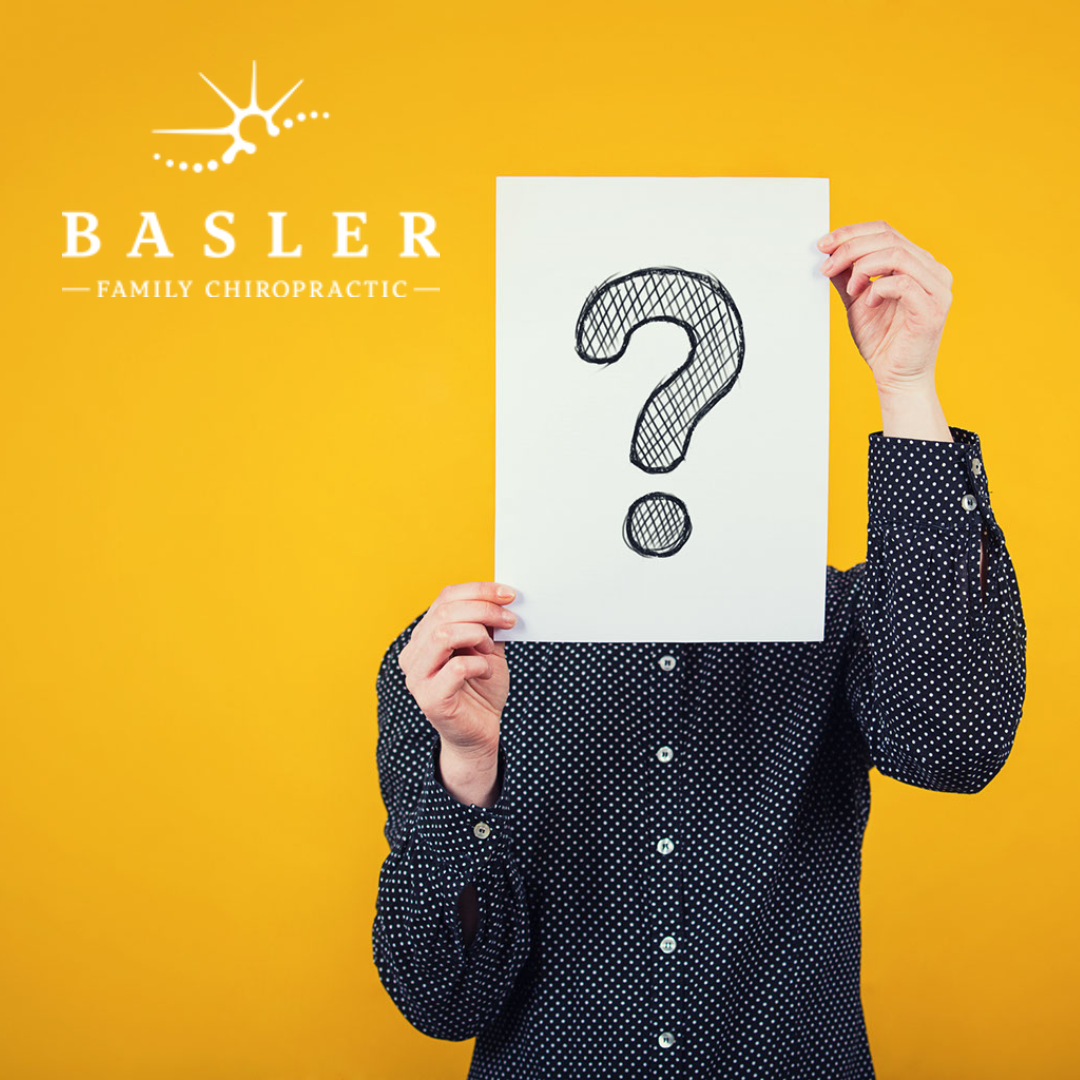
What is that popping sound?
If you have been adjusted before by a chiropractor, you may have noticed a popping sound that may seem a little strange. What is that popping sound? What happens if I crack my knuckles? Studies have also looked at people who have routinely cracked their knuckles for years and years and compared them to non-knuckle crackers to see if there’s any difference in x-ray images of their hands.1 These studies all came back with the same conclusion. Habitual knuckle cracking over the course of several decades is not associated with clinical or radiographic evidence of osteoarthritis. 1 The popping sound you hear when a chiropractor adjusts you is simply a change in state between liquid and gas within a joint.
Whether or not you hear the popping sound makes absolutely no difference to how good the adjustment was.
What does research show?
There have been all sorts of theories about what the popping sound really is. Some have thought the sound was caused by tendons snapping over a joint, or a bone being put back into place, or the snapping of adhesions or scar tissue.5 Recently there was a really interesting study done that actually looked at what was happening in a joint when there were popping sounds.6 The researchers in this study used video magnetic resonance imaging (MRI) to study what happened in a person’s finger joint when they pulled his finger until his knuckle made the popping sound. So, they used a cable attached to his finger and slowly pulled his finger until it cracked while recording this with video MRI. They then measured the space between the joint surfaces, before and after the crack, using automatic computer software. What they found was that the joints remained very close together during the early stages of the finger being pulled, and then when the force of the pull was strong enough, the joint would very separate and a bubble would form, and this was when the popping sound was heard. This means that the popping sound you hear when a chiropractor adjusts you is simply a change in state between liquid and gas within a joint. It’s called tribonucleation. It’s actually very similar to what happens when you open a champagne bottle, but it’s all happening in an enclosed joint space. Early on, it was thought that the popping sound was associated with unhealthy joints, but as far back as the 1930’s scientists were showing that this also occurs in perfectly healthy joints. So, keep in mind next time you get adjusted by your chiropractor, that the popping sound doesn’t have anything to do with bones grinding or rubbing, but instead is simply gas bubbles forming within a joint as your adjustment separates two joint surfaces that are close together.
Disclaimer and References
This information is provided for educational purposes only. It is not intended to be professional advice of any kind. Haavik Research Ltd encourages you to make your own health care decisions based on your own research and in partnership with a qualified health care professional. chiroshub.com © Haavik Research 2021 1. Powers et al. The Journal of family practice 2016;65(10):725-26. 2. Cleland et al. J Man Manip Ther 2007;15(3):143-54. 3. Cramer et al. J Manipulative Physiol Ther 2011;34(9):572-83. 4. Williams & Cuesta-Vargas. J Manipulative Physiol Ther 2014;37(4):230-5. 5. Protopapas & Cymet. J Am Osteopath Assoc 2002;102(5):283-7. 6. Kawchuk et al. PLoS One 2015;10(4):e0119470.
• Dr. Heidi Haavik BSc(Physiol) BSc(Chiro) PhD • Dr. Kelly Holt BSc, BSc(Chiro), PGDipHSc, PhD • Dr. Jenna Duehr BChiro, BHSc(Nursing), MHSc What does the research show? Whether or not you hear the popping sound makes absolutely no difference to how good the adjustment was. Disclaimer and References This information is provided for educational purposes only. It is not intended to be professional advice of any kind. Haavik Research Ltd encourages you to make your own health care decisions based on your own research and in partnership with a qualified health care professional. chiroshub.com

